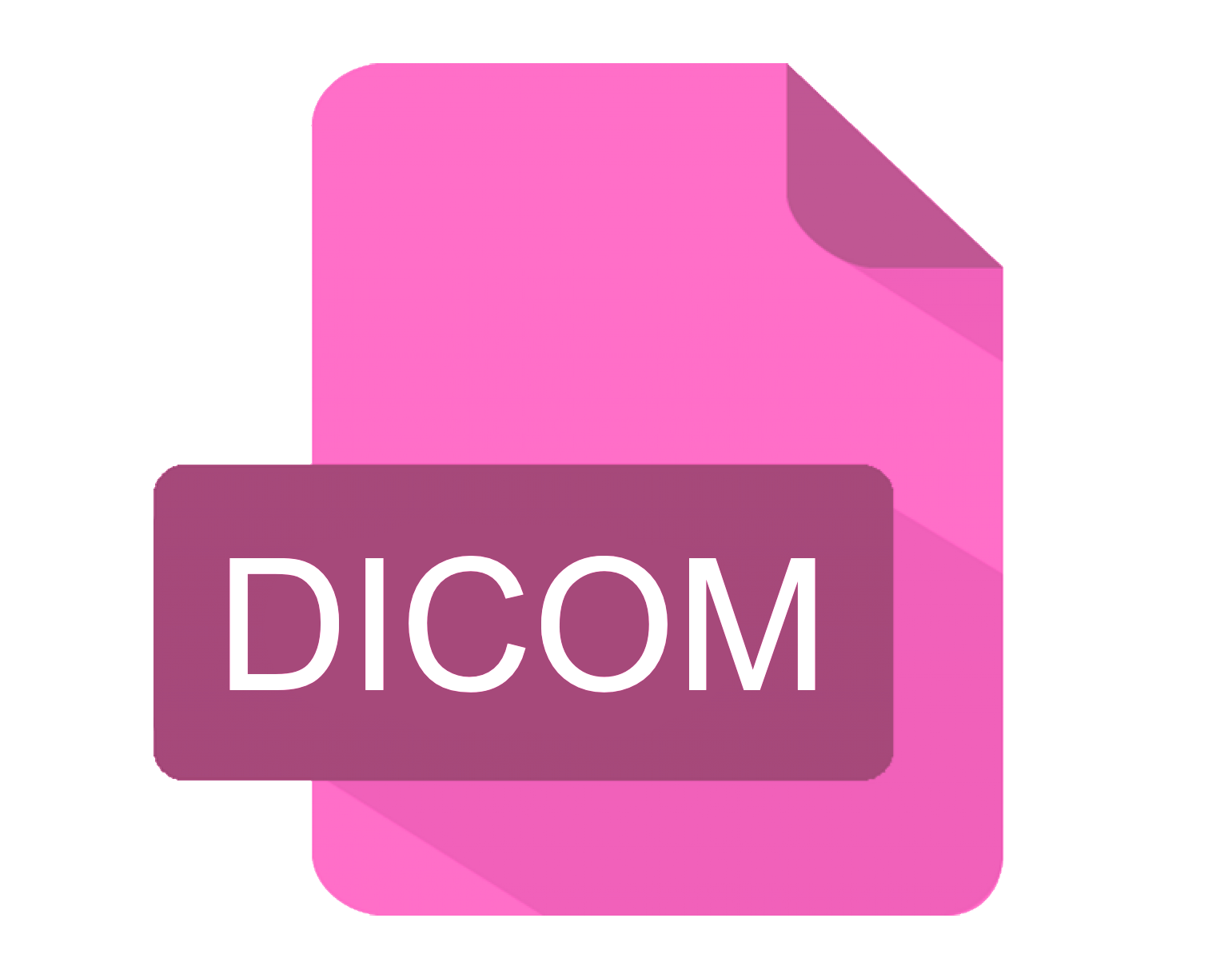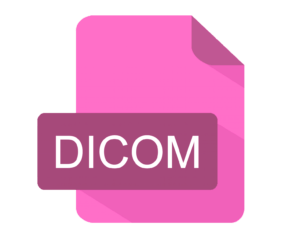What is DICOM?
DICOM stands for Digital Imaging and Communications in Medicine. DICOM is a standard for medical images. It sets out how to store, exchange and transmit them. You can read more about DICOM images in our article What is a Dicom image format.
The filename extension for DICOM files is: .dcm
Is DICOM a file format?
Yes, DICOM is a file format. More precisely, it’s a standard that defines how medical images and associated information should be stored, retrieved, and exchanged.
What is DICOM used for?
DICOM is used primarily in the healthcare sector to store, transmit, and exchange medical images. This includes images from modalities such as X-rays, MRIs, CT scans, ultrasounds, and more.
How do I read a DICOM image/file in Java?
Reading a DICOM image involves using specialized software or libraries that can interpret the DICOM format. This can be a dedicated DICOM viewer application, or, for developers, a library that can be integrated into custom software. For that, we have another blog post “How to read DICOM file in Java?”.
Where can I find code to read DICOM image?
You can check the code on JDeli page where you can find a code to read a DICOM Image in JDeli is a couple of lines of code.
How do I create a DICOM file?
Creating a DICOM file from scratch is complex because it involves not only the image data but also the associated metadata. It’s usually done with medical imaging devices. However, if you need to create one for testing or other non-clinical purposes, you can use DICOM libraries or software to convert regular images to DICOM while adding necessary metadata.
How can I extract metadata from a DICOM file using Java?
To extract metadata (like patient information, scan details, etc) from DICOM in Java, you would typically use a library that supports DICOM parsing, such as DCM4CHE.
Which Java libraries and tools are available for DICOM processing?
There are several Java libraries for working with DICOM, including DCM4CHE, pixelMed, and JDeli. JDeli stands out for its ease of use, performance, and reliability in reading image files, including DICOM. Once a DICOM file is read into a BufferedImage using JDeli, it can be displayed in Java GUI frameworks like Swing or JavaFX
Are there any open-source Java projects focused on DICOM processing?
While JDeli is a powerful tool for image processing in Java, if you are looking for open-source projects specifically tailored for DICOM, you should consider libraries like DCM4CHE. However, for efficient and reliable image reading (with support), JDeli remains an excellent choice.
Can I convert a DICOM file to JPEG or PNG?
Yes, there are tools and libraries, including DCM4CHE, JDeli, that allow you to convert DICOM images to common formats like JPEG or PNG. However, be cautious as you might lose the specific metadata associated with DICOM during this process.
How do I visualize a DICOM file?
To visualize a DICOM file, consider using a DICOM viewer. JDeli includes a DICOM viewer and can help make images look their best before you view them with other programs. There are many DICOM viewers out there, both free and commercial . They let you look at the image, zoom in, and see extra information about it.
Are DICOM files encrypted? How can I ensure the privacy of patient data?
While DICOM files can support encryption, not all are encrypted by default. It’s crucial to ensure patient data’s privacy by using encryption tools and following best practices, especially when transmitting files over a network.
Using reliable libraries like JDeli simplifies DICOM handling in Java, ensuring efficient development and reliable outcomes.
Why do developers choose JDeli over free alternatives?
- Works with newer image formats such as AVIF, HEIC, JPEG XL, WEBP (AVIF next release) that are not supported in Java.
- Better support than alternatives for JPEG, PNG, TIFF.
- Process images up to 3x faster than ImageIO and other Java image libraries.
- Prevent JVM crashes caused by native code in other image libraries such as ImageIO.
- Image security as JDeli processes images on your servers with no calls to any external system or third party library.
Are you a Java Developer working with Image files?
// Read an image
BufferedImage bufferedImage = JDeli.read(dicomImageFile);// Read an image
BufferedImage bufferedImage = JDeli.read(heicImageFile);
// Write an image
JDeli.write(bufferedImage, "heic", outputStreamOrFile);// Read an image
BufferedImage bufferedImage = JDeli.read(jpegImageFile);
// Write an image
JDeli.write(bufferedImage, "jpeg", outputStreamOrFile);
// Read an image
BufferedImage bufferedImage = JDeli.read(jpeg2000ImageFile);
// Write an image
JDeli.write(bufferedImage, "jpx", outputStreamOrFile);
// Write an image
JDeli.write(bufferedImage, "pdf", outputStreamOrFile);
// Read an image
BufferedImage bufferedImage = JDeli.read(pngImageFile);
// Write an image
JDeli.write(bufferedImage, "png", outputStreamOrFile);
// Read an image
BufferedImage bufferedImage = JDeli.read(tiffImageFile);
// Write an image
JDeli.write(bufferedImage, "tiff", outputStreamOrFile);
// Read an image
BufferedImage bufferedImage = JDeli.read(webpImageFile);
// Write an image
JDeli.write(bufferedImage, "webp", outputStreamOrFile);

